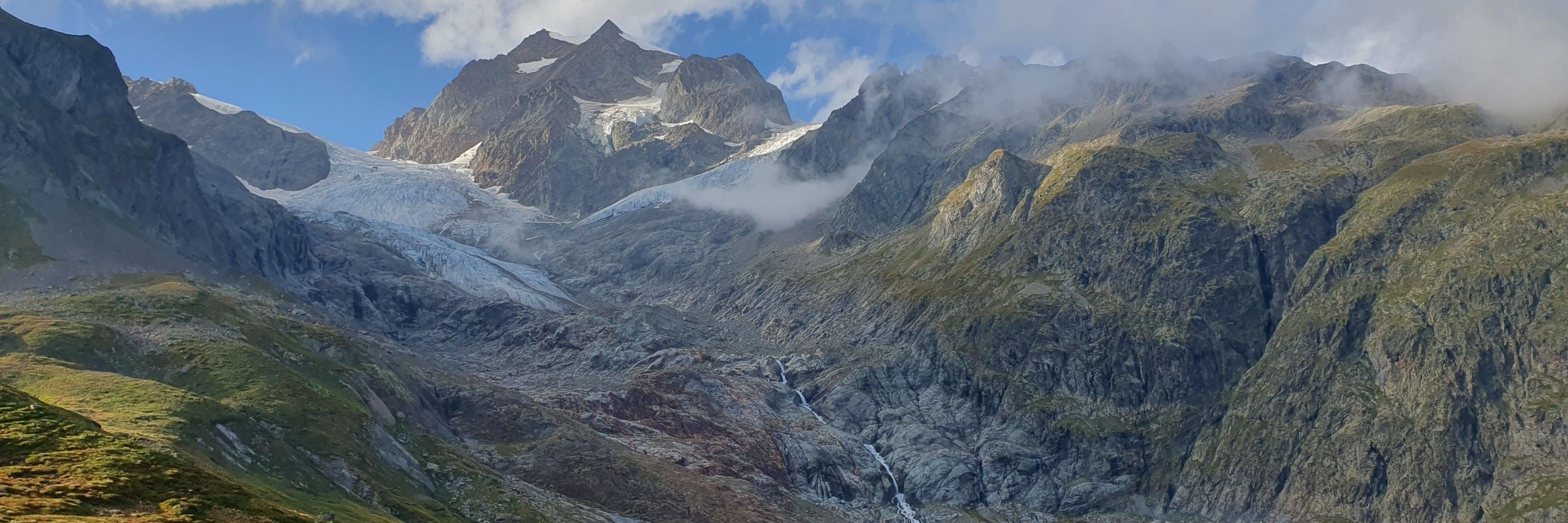
"We find that withholding proposal texts from panelists did not
detectibly impact their proposal rankings."
link.springer.com/article/10.1...

"We find that withholding proposal texts from panelists did not
detectibly impact their proposal rankings."
link.springer.com/article/10.1...
TL;DR Deep learning lets us synthesize efficient stimulation patterns that reliably evoke percepts, outperforming conventional calibration.
www.biorxiv.org/content/10.1...

Proof-of-principle that topographic models can guide stimulation of high-level cortex to bias object-level behavioral choices. A step toward next-generation visual prosthetics allowing more complex visual experience.
Proof-of-principle that topographic models can guide stimulation of high-level cortex to bias object-level behavioral choices. A step toward next-generation visual prosthetics allowing more complex visual experience.
We visualized perceptual changes from simulated stimulations in model face-selective regions. This results in face-related changes: additional faces appear (#1), face becomes larger (#1161), or specific face-features get enhanced (#533).

We visualized perceptual changes from simulated stimulations in model face-selective regions. This results in face-related changes: additional faces appear (#1), face becomes larger (#1161), or specific face-features get enhanced (#533).
With a slightly different site-selection criterion, stimulation shifted behavior above baseline in monkey 1 (Cohen’s d=0.67), though our model was not able to accurately predict monkey behavior anymore.

With a slightly different site-selection criterion, stimulation shifted behavior above baseline in monkey 1 (Cohen’s d=0.67), though our model was not able to accurately predict monkey behavior anymore.
Model-predicted behavioral shifts correlated with stimulation-evoked behavioral shifts in both monkeys. While predicted model responses were strong, monkey behavior was not shifted above baseline.

Model-predicted behavioral shifts correlated with stimulation-evoked behavioral shifts in both monkeys. While predicted model responses were strong, monkey behavior was not shifted above baseline.
We generate image sequences that smoothly modulate neural activity along a stimulation site’s tuning dimension. This links visual input to the direction of activation changes resulting from microstimulation (Papale et al. 2024: www.biorxiv.org/content/10.1...)

We generate image sequences that smoothly modulate neural activity along a stimulation site’s tuning dimension. This links visual input to the direction of activation changes resulting from microstimulation (Papale et al. 2024: www.biorxiv.org/content/10.1...)
1. Map the in-silico cortical sheet of a topographic model to the monkey cortex.
2. Optimize stimulation parameters by prototyping experiments in the model.
3. Only test those parameters in-vivo that are predicted to yield the largest behavioral effects.

1. Map the in-silico cortical sheet of a topographic model to the monkey cortex.
2. Optimize stimulation parameters by prototyping experiments in the model.
3. Only test those parameters in-vivo that are predicted to yield the largest behavioral effects.
Visual prosthetics in early visual areas can evoke simple percepts (letters), but they are limited by 1. electrode count and 2. low-level features. We target high-level cortex to elicit percepts of more complex objects.

Visual prosthetics in early visual areas can evoke simple percepts (letters), but they are limited by 1. electrode count and 2. low-level features. We target high-level cortex to elicit percepts of more complex objects.
We visualized perceptual changes from simulated stimulations in model face-selective regions. This results in face-related changes: additional faces appear (#1), face becomes larger (#1161), or specific face-features get enhanced (#533).

We visualized perceptual changes from simulated stimulations in model face-selective regions. This results in face-related changes: additional faces appear (#1), face becomes larger (#1161), or specific face-features get enhanced (#533).
With a slightly different site-selection criterion, stimulation shifted behavior above baseline in monkey 1 (Cohen’s d=0.67), though our model was not able to accurately predict monkey behavior anymore.

With a slightly different site-selection criterion, stimulation shifted behavior above baseline in monkey 1 (Cohen’s d=0.67), though our model was not able to accurately predict monkey behavior anymore.
Model-predicted behavioral shifts correlated with stimulation-evoked behavioral shifts in both monkeys. While predicted model responses were strong, monkey behavior was not shifted above baseline.

Model-predicted behavioral shifts correlated with stimulation-evoked behavioral shifts in both monkeys. While predicted model responses were strong, monkey behavior was not shifted above baseline.
We generate image sequences that smoothly modulate neural activity along a stimulation site’s tuning dimension. This links visual input to the direction of activation changes resulting from microstimulation (Papale et al. 2024: www.biorxiv.org/content/10.1...)

We generate image sequences that smoothly modulate neural activity along a stimulation site’s tuning dimension. This links visual input to the direction of activation changes resulting from microstimulation (Papale et al. 2024: www.biorxiv.org/content/10.1...)

